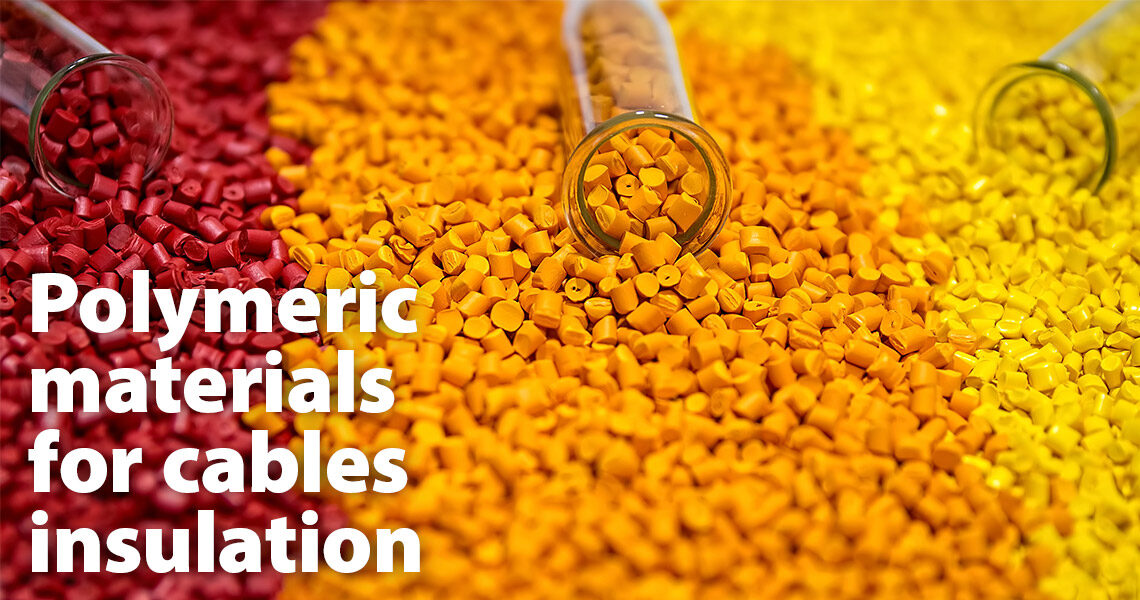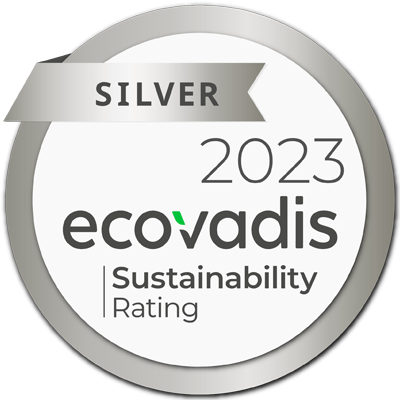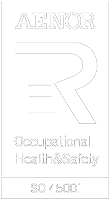- Family: Thermoplastic
- Application: High-performance electrical insulation
General characteristics
Polyethene is an important part of the Polyolefin family; it is a thermoplastic obtained by the polymerisation of ethylene derived from oil. It was first produced commercially in the late 1930s
Popular polymerization techniques using catalysts such as the Ziegler-Natta, and, more recently, metallocene technology which produces a much more homogeneous material, have allowed polyethylene of a wide range of densities and molecular weight to be produced to precise specifications. Polyethylene’s now in common use have densities in the range of 0.87 g/cm3 and 0.97 g/cm3,which covers those products and are generally identified as linear low density (LLDPE), low density (LDPE), medium density(MDPE) and high density (HDPE). The higher the density of the material, the greater the crystallinity and, therefore the greater the hardness and stiffness. Materials with densities below the above range become softer and eventually become waxes.
However, it should be noted that these broad classifications are being subdivided into more detailed classifications as polymerisation techniques are refined; polyethylene is now produced in very low-density and ultra-high molecular weight versions.
Polyethylene is primarily used as insulation because of its excellent, low-loss, electrical characteristics and resistance to water, chemicals, and some solvents. However, it has only moderate resistance to oils, and although classed as halogen-free it has the disadvantage of being flammable. The low-temperature properties of polyethylene are very good.
As manufactured Polyethylene’s are typically white waxy material, having a very low coefficient of friction which sometimes makes it difficult to print on, or to pot Polyethylene’s, unless subject to pre-treatment.
Processing
Polyethylene insulating compounds usually contain few additional materials, just colouring pigments, copper pacifiers and stabilisers, which explains their excellent electrical characteristics. Foamed insulations can be produced using carefully selected blowing agents.
Like PVC compounds, polyethylene’s one of the easiest materials to colour and extrude, being applied by conventional single screw extruders using cooling troughs, although usually, the cooling trough must have graduated cooling zones to prevent rapid contraction, causing voids and locking extrusion stresses in the material in RF and other thick wall cables.
Use of material/Cable types
Because of its excellent electrical characteristics, Polyethylene is widely employed in the manufacture of telephone, coaxial and submarine-type cables, but one of the more important uses is the insulation of Ethernet cables. Process control cables such as PAS 5308 Part 1 also rely upon polyethylene as the insulation, as do audio cables, as well as the more common types of telecommunications wire and cable.
To improve its already excellent electrical performance, polyethylene can be “foamed” to produce cellular or foam-skin constructions to reduce its dielectric constant even further.
Unfortunately, the low melting point of most polyethylene’s make them unsuitable for insulation of power cables unless cross-linked to produce XLPE. The recommended continuous operating temperature of Polyethylene insulation is normally 70oC, although conversely, Polyethylene’s excel at low temperatures, operating quite happily down to -60oC.
Although having a low melting point and being flammable, Polyethylene’s are classed as low halogen or halogen-free.
Although not usually a problem, when used as an insulation polyethylene, is susceptible to UV deterioration, however, this can be virtually eliminated by adding carbon black or UV stabilizers.
Standards
Polyethylene insulations are included or referenced in the following standards
- IEC 60092 – series
- IEC 61196
- BS IEC 60096
- BS EN 61156
- EN 50098
- EN 50173
- EN 50288
- BS EN 50290 – series
- EN 62012
- PAS 5308 Part 1
List of Polymeric materials for cables used:
- Chlorinated Polyethylene – CPE
- Chloro Sulphonated Polyethylene – CSP
- Crossed Linked Polyethylene – XLPE
- Ethylene Propylene Rubber – EPR and EPDM
- Fire performance Silicone Rubber
- General Purpose Silicone Rubber
- LSZH Cross linked
- LSZH Thermoplastic
- Nylon
- Polyethylene
- Polyethylene – PE
- Polyvinyl Chloride – PVC Insulation
- Polyvinyl Chloride (PVC) Sheath
- PVC Nitrile










